
fairtrade, handmade & natural fibres
- Free shipping within the UK
- Safe payment
- Customer service: +31 6 10603703
Artisans
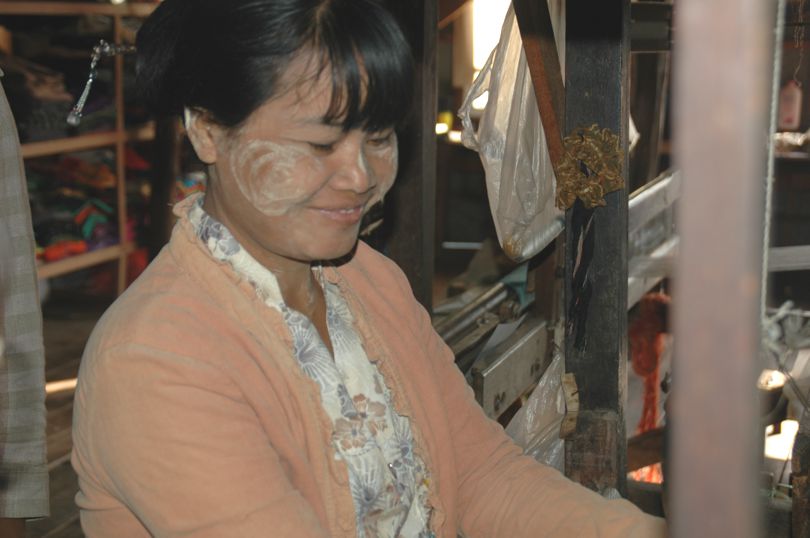
Artisans from Myanmar
Myanmar has a strong tradition of weaving. Its many artisans have been long making the most beautiful handwoven silk fabrics and are also well known for their complex handwoven tribal cottons.
One form of weaving is entirely unique to Myanmar: weaving with so-called lotus silk. Inle Lake is the only region in the world where lotus silk is being produced. Artisans extract the delicate fibres from the lotus stem and reel them into a thin thread. The fibres of five long lotus stems will produce about fifty centimetres of lotus silk thread. A labour intensive process that results in an extremely rare and exclusive fabric.
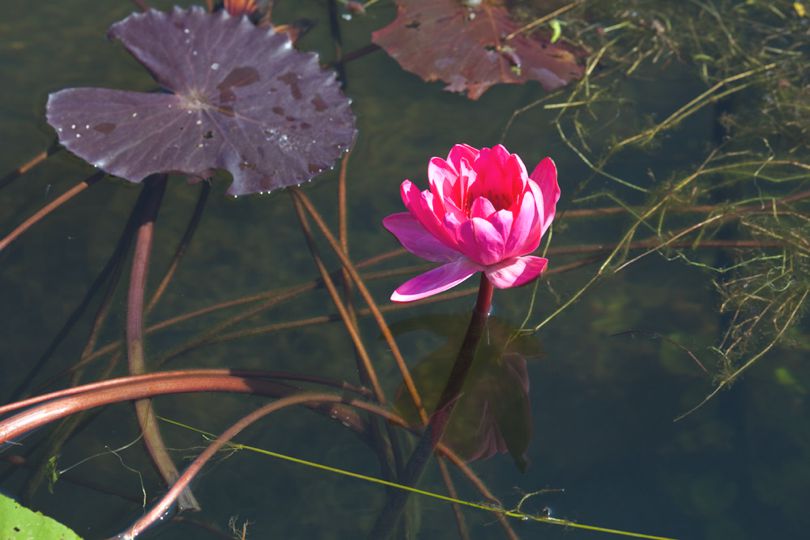
Lotus flower in Inle Lake - Myanmar
The lotus flower has great significance to the people of Myanmar. This beautiful holy flower is the Buddhist symbol for purification of the spirit. People even claim that wearing lotus silk will make you feel calm and meditative.
Lotus silk originated one hundred years ago when a girl plucked a lotus flower in Inle Lake to offer at the local Buddhist pagoda. She noticed the thin fibre coming out of the stem and decided to reel it into a thread and weave a robe for her favourite monk. Today this tradition is still very much alive in the region of Inle Lake.
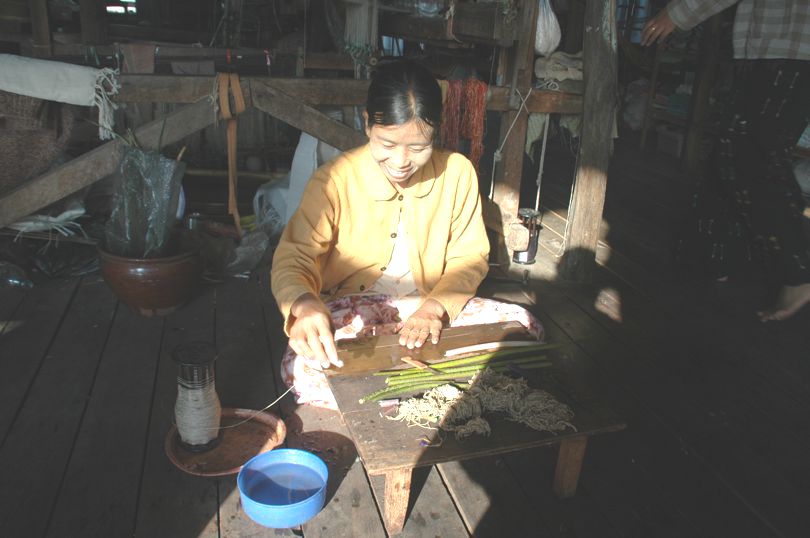
Artisan is making lotus silk
A few kilometres from the lake, on top of a mountain, a weaving school is located. At this school underprivileged girls from sixteen years onwards can follow an intensive training for one or more years. De girls already learnt how to weave from their mothers and grandmothers living in the villages on and around the lake.
At this school however the girls can improve their skills and learn how to weave with lotus silk and how to make intricately patterned ikat fabrics. They also learn how to make natural dye and create the most beautiful colours. Their wish: to start a shop or workshop of their own.
A student is weaving a lotus silk scarf
The weaving school is run by master weaver Khin Win Kye. She and her husband are from the north of the country but came to the Inle Lake region to help set up the school. Daw Khin Win Kye teaches the grils all there is to know about weaving and her husband is specialised in creating natural dyes.
Daw Khin Win Kye is teaching her pupils
A student creates her own natural dye
The weaving school exists by donations from non-governmental organisations. The girls don't have to pay a tuition fee and live on the school premises.
Besides (lotus) silk Myanmar is also famous for it intricately handwoven cottons. Men, women and children still wear traditional sarongs, called longyi. Although men wear simple chequered sarongs, those of the women look extraordinary with bright colours and complex patterns showing from what region they are coming from.
Cotton is strong and cheaper than silk. The vast majority of people in Myanmar prefers to wear cotton for every day life. They only wear silk on special Buddhist Days and other rare events such as a wedding.
The Padaung people are one of the many minority tribes in Myanmar. Padaung women are known for weaving on back-strap looms. They tie one side of the loom to a pole and the other side to their back. Sitting on the floor they create fabulous cotton scarves.
Padaung artisan is weaving a cotton scarf
Counting Flowers offers unique handwoven scarves from Myanmar: scarves from lotus silk, scarves from 'regular' silk and cotton scarves.
Visit the scarves from the artisans from Myanmar.
The production of lotus silk
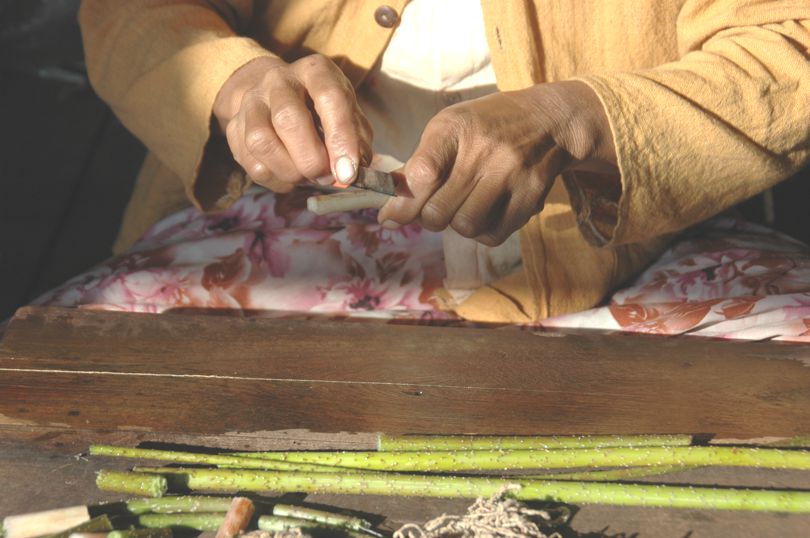
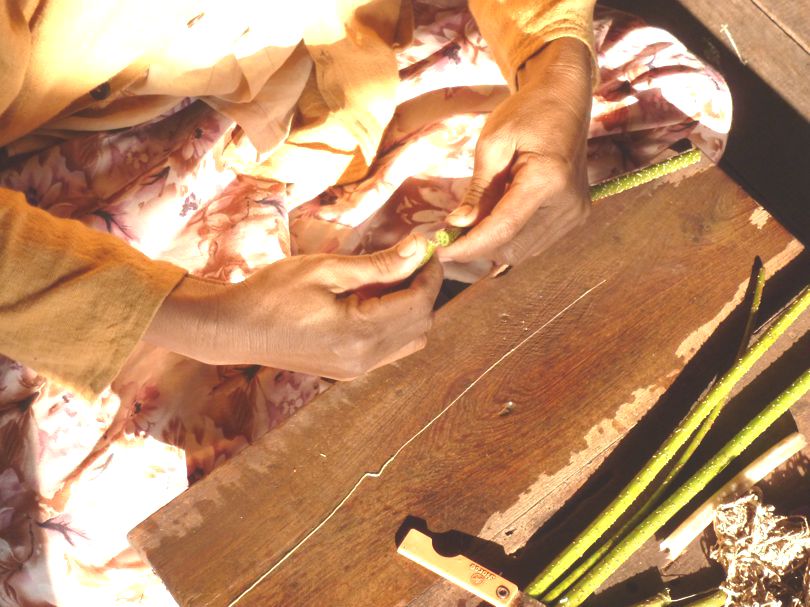
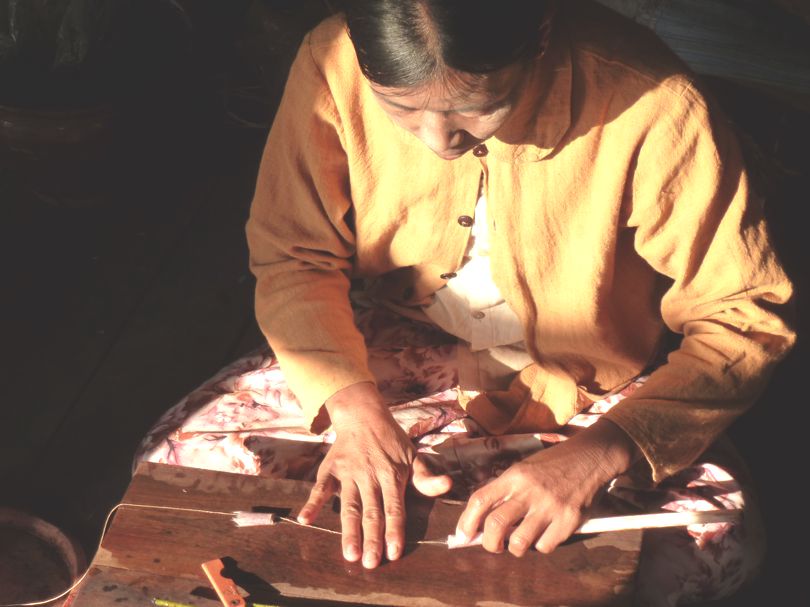
Scarf from lotus silk
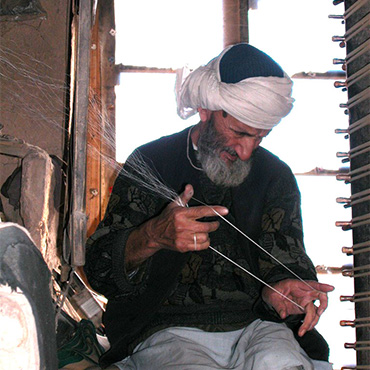
Arghand
The Arghand cooperative in Kandahar was founded in May 2005 by Sarah Chayes who lives in Afghanistan and spends most her time between Kabul and Kandahar. More about Arghand
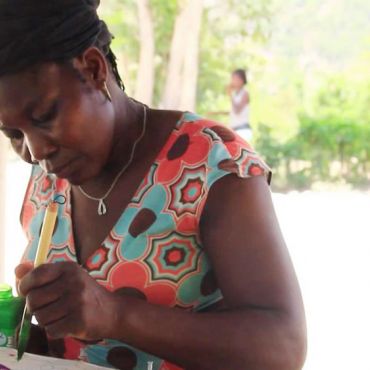
Atis Fanm Matènwa
Atis Fanm consists of a group of women from Matènwa, a rural village in the mountains of la Gonave, an island off the coast of Haiti. More about Atis Fanm Matènwa
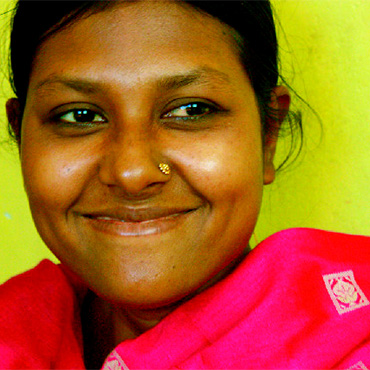
Basha
Basha is a young Fairtrade organisation in Dhaka and Mymensing, Bangladesh. Its aim is to support underprivileged women in finding dignified employment. Basha's vision is to continue to grow as long a.. More about Basha
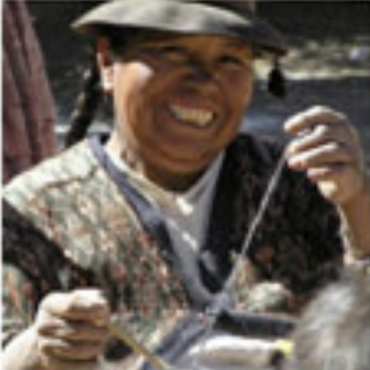
Caserita
Caserita works in a spirit of cooperation with their partners based on the principles of equity and solidarity that help improve quality of life for the artisans. More about Caserita
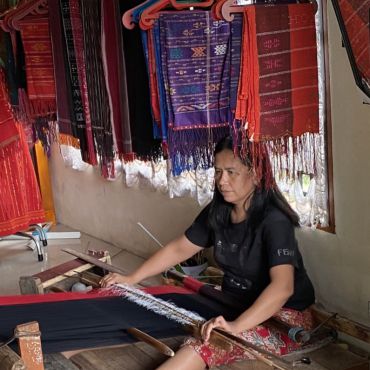
Cathy Ulos
Cathy lives at Sumatra, Indonesia. Ze has a little shop where she sells drinks and snacks and when it is quit she weaves scarves. Every scarf she makes is different. More about Cathy Ulos
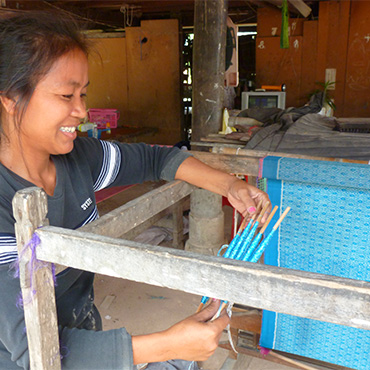
Craft Village
Craft Village supports weaving families in the countryside of Cambodia by ordering and selling handwoven scarves and shawls. More about Craft Village
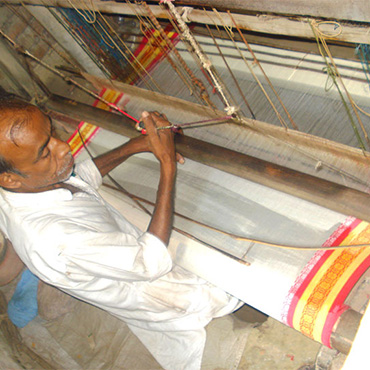
Equitable Marketing Association
The Equitable Marketing Association (EMA) is a fair trade organisation in the province West Bengal in the northeast of India. EMA was established in 1977 at the initiative of seven cooperatives. More about Equitable Marketing Association
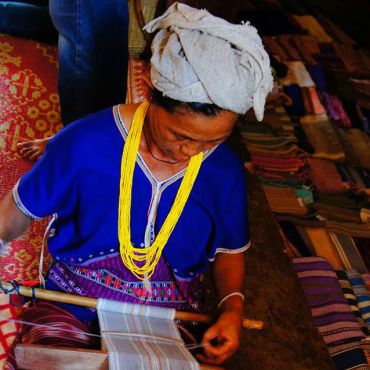
Karenni artisans in Thailand
The Karen form a large tribal community in Thailand. The majority of the Karen people live in refugee camps in the mountains in the northwest of Thailand. They originate from Myanmar but had to flee f.. More about Karenni artisans in Thailand
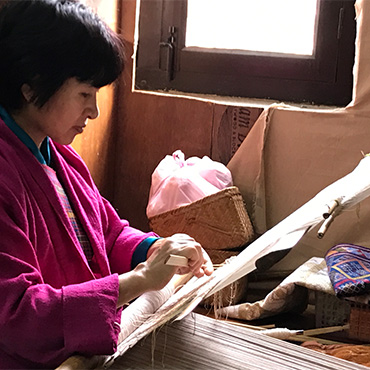
Kelzang Wangmo
Many women in Bhutan have learned their excellent weaving skills at a very young age from their mothers. Only few countries show such an amount of exquisite weaving, and still appreciate this form of .. More about Kelzang Wangmo
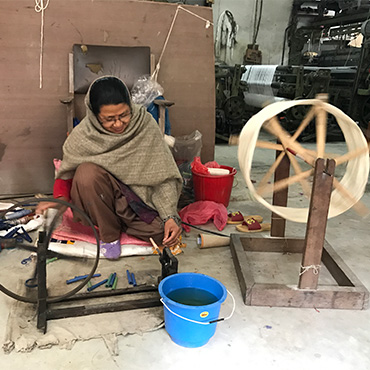
Kimdo Pashmina
Kimdo Pashmina is an impressive family business in Kathmandu, Nepal. Daya Bir Sing Kanshakar, late father of currect owner Prakash Kanshakar, founded the social enterprise in 1959. The enterprise's go.. More about Kimdo Pashmina
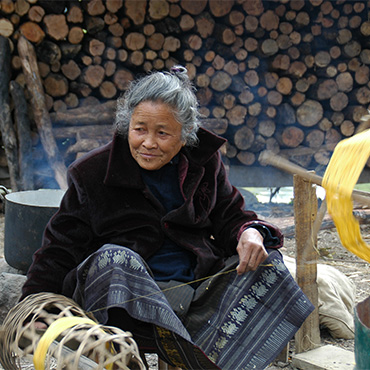
Mulberries
Mulberries is a fair trade organisation in the northeast of Laos. Mulberries was established in 1994 by Kommaly Chanthavong and seeks to create opportunities and income for people in Laos. More about Mulberries
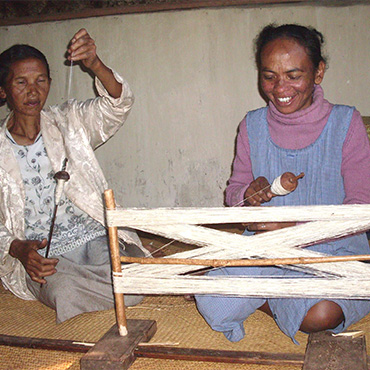
Ny Tanintsika
Ny Tanintsika (literally: Our Land / Our Earth) is a non-governmental organisation working for the conservation of nature in Madagascar. The organisation works together with villagers and farmers from.. More about Ny Tanintsika
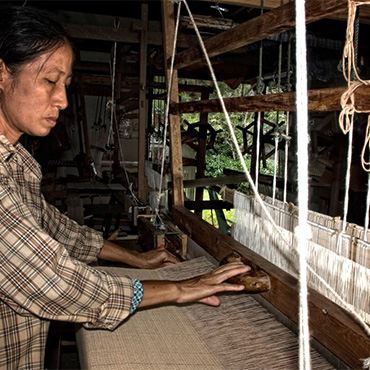
Pa Daeng
The Pa Daeng weaving group is a very small group, consisting of six Thai grandmothers. The group was founded ten years ago by Pranorm, a Buddhist nun. More about Pa Daeng
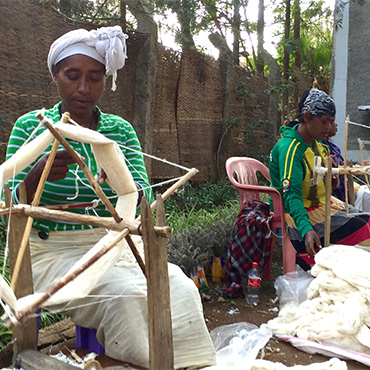
Sabahar
Sabahar is a Fairtrade organisation in Addis Ababa in Ethiopia. The organisation’s aim is to offer underprivileged women and men a sustainable income. At present Sabahar employs one hundred and twen.. More about Sabahar
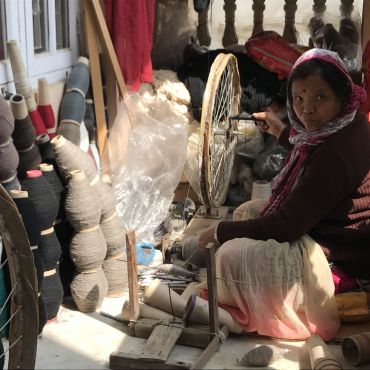
Sana Hastakala
Sana Hastakala (meaning "Small Handicraft") is a nonprofit organisation in Kathmandu. The organisation markets the rich, traditional and artistic craftsmanship of small-scale producers. This way, it h.. More about Sana Hastakala
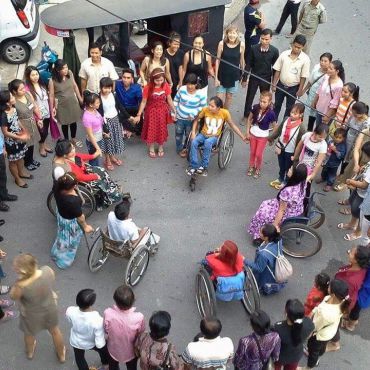
Village Works
Villageworks Cambodia was established in 2001 as a social enterprise. In 2015 they became certified members of the World Fair Trade Organisation (WFTO). Village Works takes great pride in carrying the.. More about Village Works
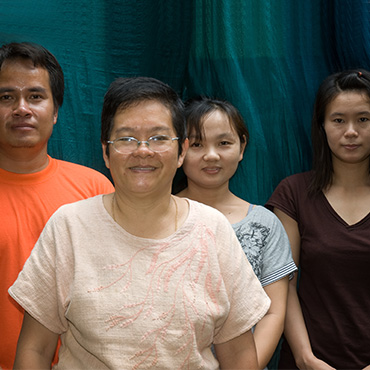
Vinita
Vinita is an artist in her fifties living in the northern part of Thailand. Because being an artist does not pay well, she now earns an income by dyeing silk scarves. More about Vinita
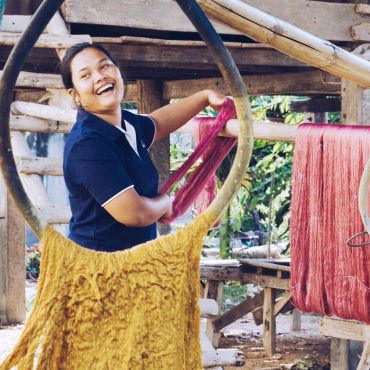
Weavers from Isan province
Some of the artisans that make our scarves we have not met in person. As we do not know their individual story, we refer to those artisans as ‘weavers from Isan Province’ without any further speci.. More about Weavers from Isan province